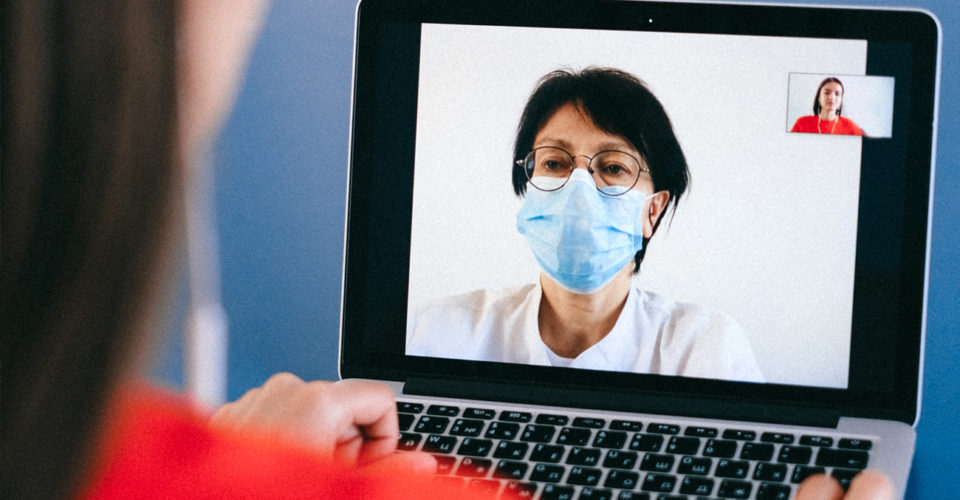Internships as we’ve known them have long been mutually beneficial for students, employers, and universities alike. For students, internships are an important part of the college experience — gaining on-the-job experience, learning soft skills like professionalism and networking, and getting a taste in day-to-life as a young professional. For employers, Internships play a crucial role in their talent pipeline, with 55% hiring interns for full-time jobs. And for universities, feedback from internships provides critical insights into adjusting curriculum to continuously adapt to employer expectations.
In May 2020, at the height of Covid-19, Glassdoor estimated a 50% drop in internship placements since 2019 due to an overwhelming number of cancellations and offers rescinded. 600,000 to 700,000 yearly internship placements nationwide were halved to 300,000 to 350,000, having resounding implications for all stakeholders. With college enrollment numbers also falling, pressure on universities to deliver on employability promises mounted.
Limited internship availability mirrored, of course, the worldwide job crisis, with layoffs and unemployment numbers skyrocketing. As we collectively experienced a worldwide paradigm shift in our approach to work, with many companies taking their entire (now minimized) workforce virtual, how were internships, regarded as the cornerstone for “getting a leg up” in the professional world, impacted?
As 2020 unfolded and uncertainty rose about when things would return to “normal,” many organizations — universities and employers alike, took the “wait and see” approach when it came to resuming IRL internship placements. Others however were proactive, using the opportunity to redesign the blueprint for how internships were carried out. According to Edwin Koc, director of research and public policy for the National Association of Colleges and Employers, 70% of companies that did bring on interns last year conducted all of or some of the programs virtually.
Last year, Sandra Rivera, chief people officer and an executive vice president at Intel, oversaw the creation of a virtual internship program for over 5,700 participants in 32 countries. “To our surprise, it rivaled, and even exceeded, what traditional internships had to offer,” she wrote in an article about virtual internships in Harvard Business Review. She attributes the success of the program to thoughtful but nimble planning in consideration of the needs of all stakeholders, refining the program as it went on, and exploiting the advantages of virtual, such as the ability to leverage technology to gamify experiences and connect interns from different geographic areas and walks of life with one another.

But how about internships in fields that require hands-on experience, like healthcare? Jodi Cropper, Director of Academic Operations at the University of Colorado College of Nursing, believes the same kind of pivot is possible.
On par with the national average, about 44% of internships at the University of Colorado College of Nursing were canceled, but the majority were able to be adapted to be conducted virtually, said Jodi in a webinar on our new reality. Many student nurses transitioned to simulation exercises to complete their required hours. Jodi echoed Sandra’s sentiment about preparation, ability to adapt, and leveraging technology as keys to success. She also highlighted providing students with adequate support as they too adjusted to uncertainty. “We tried to keep as many avenues opens for students to reach out to us to get a pulse on how they’re feeling and learn how to best respond to their needs,” she said.
Like Jodi, those on the university side also face the challenge of needing to manage virtual internships across multiple different agencies or employers. Because agencies themselves designed their virtual internship programs differently, students in the same program may have had totally different requirements and day-to-experiences based on where they were placed. In accessing the virtual internship program, It was important for Jodi to have a birds-eye view into the success of placements as a whole, while also understanding the variations that existed from agency to agency and from student to student.
Jodi employed InPlace Logbook as a method to capture insights into how students were doing on their virtual internships. Logbook acts as a virtual diary for students to record their hours, how their days are spent, and for placement supervisors to provide commentary and assessment. While Logbook offers standardized templates with predetermined fields for capturing this information, there is also the ability to generate completely custom templates that correspond to the unique requirements of each placement. The customization element was crucial for Jodi and the team last year, as she was able to quickly and easily update the standard templates she had been previously using to ones that corresponded to the new kinds of tasks associated with virtual internships, like simulation hours.
As the world reopens, hordes of workers, and interns — are storming back to their offices after a year of work-from-home set-ups. But many are staying put — nearly 2 in 5 employees will still be working remotely at the end of 2021. And even more, interns will remain at home. According to an April 2021 survey by NACE, 43% of employers plan to offer virtual internships this year, 38% will be exclusively virtual, and only 13% of internships will be in-person. 7% are still undecided.
Given these numbers, it is clear that virtual internship programs last year were successful for the most part. And students agree — according to a recent survey, 70% of students would consider a virtual internship. For many employers, 2020 was a test in many respects, but mainly, in answering the question of if productivity, efficiency, and worker well-being could be preserved in a work-from-home setup. The question, although difficult to answer, can largely be answered by data.
Central to Jodi’s role as Director of Academic Operations was the ability to effectively conduct future planning. What could 2020 virtual placements tell her about the future of placements at the University of Colorado College of Nursing? What did they mean for employability in general? She was able to leverage InPlace to accurately develop these projections. “Because InPlace syncs to our student information system, we were able to come up with rules that allowed us to run reports, which in turn allowed us to run projections for the future,” she said. University of Colorado College of Nursing like many higher education institutes is going on its second year of successful virtual placements.







